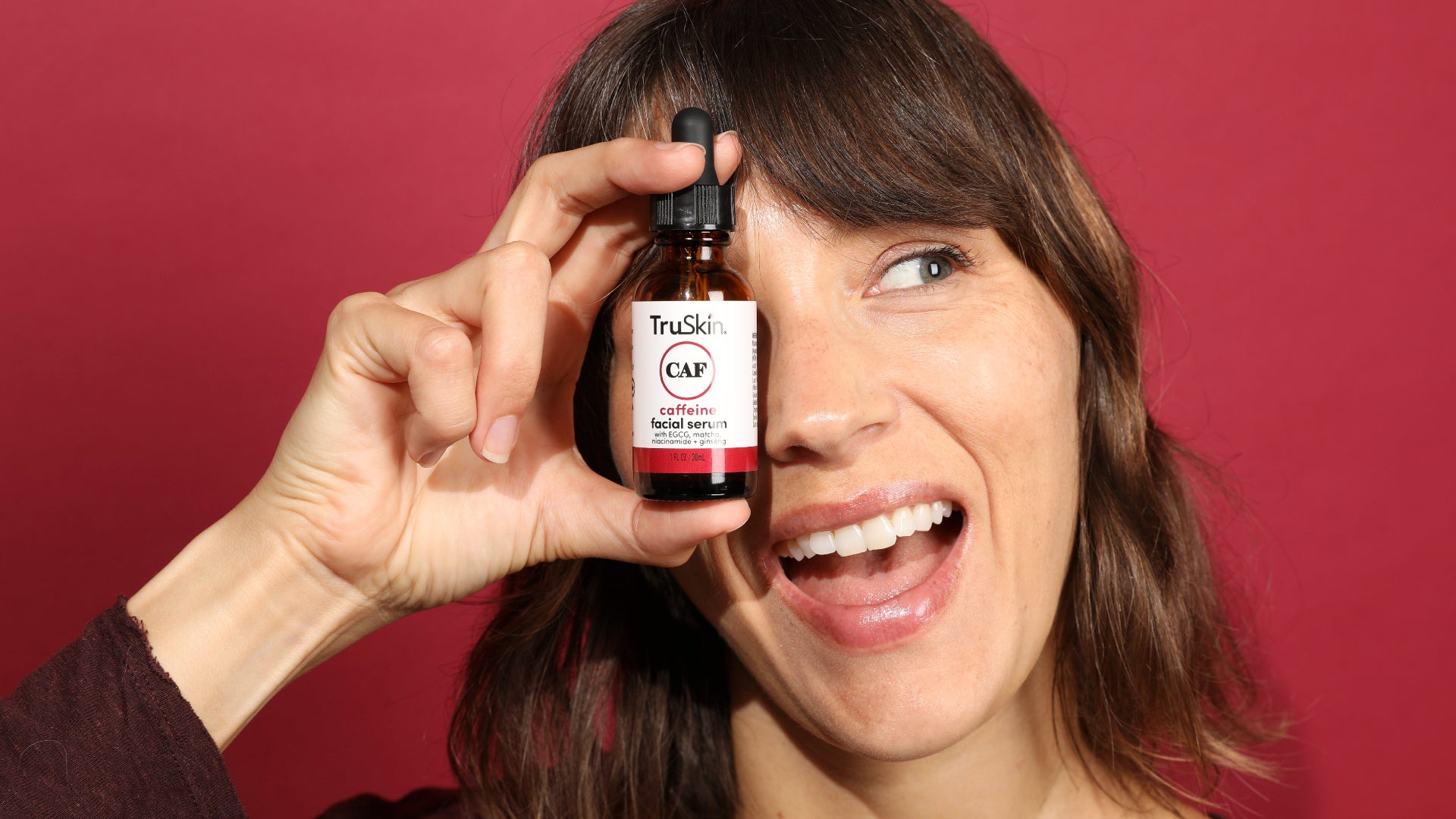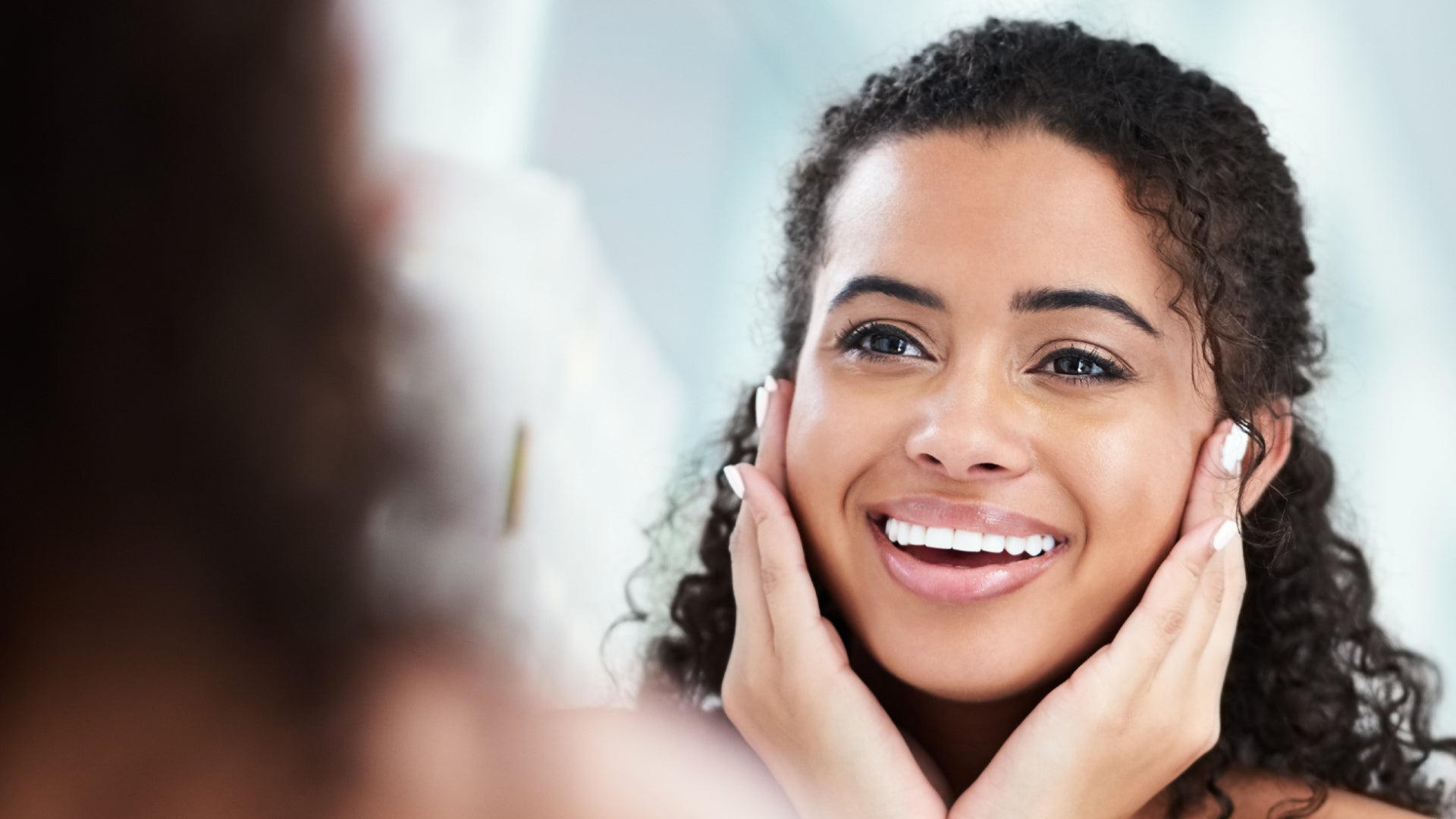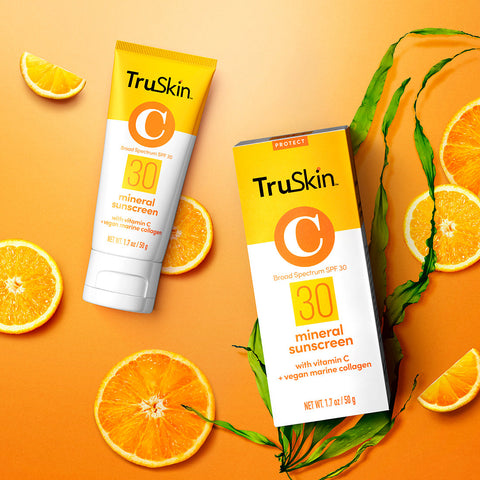
How To Crush The Perfect Exfoliation Routine
Exfoliating your skin is an important part of your beauty routine. But is your exfoliation game doing more harm than good?
Skin exfoliation is a constant hot topic in the beauty world. Should you or shouldn’t you? How much is too much? And are scrubs better than acids? Well, these are all good questions, but the thing is, exfoliating your skin is not quite that black and white. Especially when it comes to the delicate skin on your face which is completely different from one person to the next.
Here’s everything you need to know to make an educated decision on how and when to exfoliate your skin. Because in all honesty, when you get it right, the benefits of exfoliation far outweigh the downsides…
Why Should You Exfoliate?
Exfoliation is the process of removing dead, hardened cells from the skin’s surface using some kind of physical or chemical stimulant. Your skin has its own pre-programmed way of shedding millions of dead skin cells every day – a process called desquamation – but aging and/or environmental damage slows this down. Sometimes from an average of 28 days up to 80 days. Eesh. When this happens all those dry, old cells get left behind for longer which causes your skin to becoms sluggish, dull, patchy, congested, dry and/or dehydrated. Exfoliation helps counteract this natural slowing down of desquamation by reducing the build-up of dead cells on the surface of your skin while promoting new cells to generate more efficiently.
So, what are the benefits of exfoliating your skin? Well, by removing dead skin cells and helping your skin turn over better, you simultaneously deep cleanse your skin to remove toxins, unclog pores, control breakouts, fade surface level dark spots, help smooth lines, balance oil production and so on and so forth. Basically, regular exfoliation gives your skin its best chance to look awesome.
Furthermore, dead skin cells act like a blockade to stop your skincare from working to the best of its ability. So, by removing the dead stuff for all that happy, healthy skin, you allow the active ingredients in your products to penetrate better and absorb into your skin way faster. Win-win.
What Are The Different Types Of Exfoliation?
Exfoliation is split into two different camps: physical and chemical.
Physical exfoliation is the classic method that commonly springs to mind when you think of exfoliating your skin – think scrubs, loofahs, face cloths, cleansing brushes and anything else that uses a certain amount of physical force to remove dead cells from the skin's surface. Physical exfoliation also includes professional treatments like microdermabrasion and dermaplaning.
Chemical exfoliation, on the other hand, is a process in which chemicals are used to break down dead skin cells, instead of a physical stimulus. The most common exfoliating chemicals used in skincare formulations are alpha and beta hydroxy acids (AHAs and BHAS) such as glycolic, lactic and salicylic acids. These work by dissolving the bonds that bind dead cells together, allowing them to naturally shed. At the doctor’s office, chemical peels also come into this category.
3 Ways To Exfoliate Like A Pro
Exfoliation is awesome, but the problems come when you don’t do it properly. Here are our top three tips for ensuring your exfoliation game is totally on point.
1. Be Savvy About Your Skincare
Do you really know what you’re putting on your skin? No? Then it’s time to check out your skincare products and learn exactly what's inside them. It may be that, unbeknownst to you, your toner or serum contains an AHA or BHA, in which case you might not need to physically exfoliate your skin quite as regularly as you might think. Similarly, if you have a facial scrub that feels kind of abrasive, put a little on the back of your hand and examine its texture. Chances are if you think it’s too harsh for your skin, it probably contains sharp nutshells or ground fruit pits that are extremely damaging and can cause micro-tears on the surface of your skin. There's no place for that kind of exfoliator in anybody's skincare routine – we're looking for radiant skin, thank you, not red raw skin.
If you use a nightly retinol, this also needs to be taken into consideration as retinol can cause your skin to be more sensitive to regular exfoliation. The trick is, to know your products, know your skin and hone your routine accordingly.
2. Go Gently – The Only Way To Go
As with most things in skincare, exfoliation isn’t a one-size-fits-all. However, exfoliating too much and too often is a classic mistake that can cause redness, irritation, dryness, breakouts and plenty more where that came from. Most experts agree that two or three times a week is the sweet spot, but some of you may find you get better results when you exfoliate more often, while others might breakout if you apply anything more than a gentle lactic acid serum once a week. Our advice? Always err on the side of caution. If you’re only now introducing exfoliation into your routine, start once a week (especially if your skin is prone to dryness, redness and irritation), then you can build up to two or three times a week as your skin adapts. It may take time and a little trial and error but your skin will thank you for your prudence in the long run.
Now you've nailed how often you exfoliate, it's time to tone down your technique. When it comes to physical scrubs, the American Academy of Dermatology (AAD) recommends applying yours in gentle, circular motions to damp skin for 30 seconds, then rinsing with lukewarm – never hot – water. The most important thing to remember is never to scrub away at your skin: light strokes with the pads of your fingers should be more than enough to allow your product to get the job done without overstimulating or damaging your skin.
In terms of chemical exfoliation, different acids work for different skin types but again, go gently and always perform a patch test first. Lactic acid is a great place to start if you have dry or sensitive skin whereas salicylic acid is awesome for oily or acne-prone skin.
3. Always Follow With Moisturizer & Sunscreen
As well as helping to eliminate dead surface cells, exfoliation also removes essential oils and ceramides that work to moisturize and protect your skin. Therefore, it’s vital to replace lost moisture immediately after using any kind of exfoliant.
Humectants like hyaluronic acid and glycerin are fabulous for drawing water back to the skin’s surface, so look for skin serums containing one of these ingredients. Even better, try our Hyaluronic Acid Serum which contains both.
Next, apply an emollient moisturizer on top of your serum to help seal in hydration, then finish with a broad-spectrum sunscreen to protect your skin.
Exfoliation will increase your skin’s sensitivity to the sun so, as always, sun protection is super, we repeat super important.












